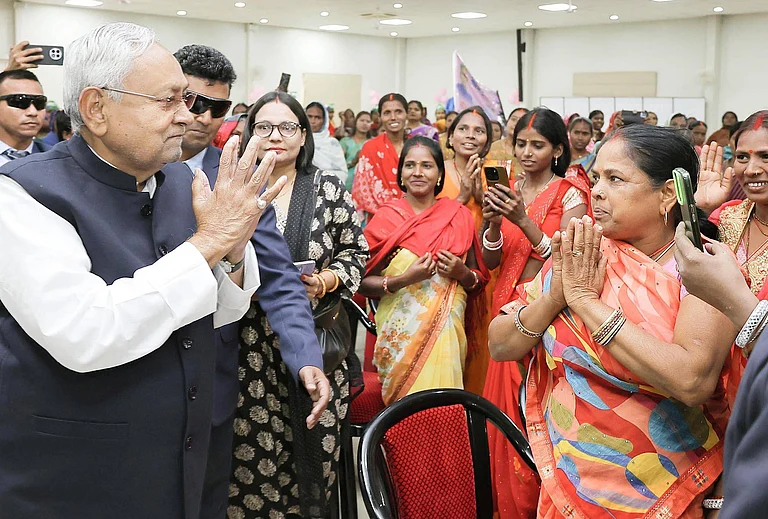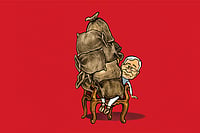One of the first gifts I bought for my mother was a red lipstick. She had let me draw with her lipsticks as a child. She wore a red dot on the forehead and sometimes, she wore that red shade on her lips. She said red had many meanings. “You will find your shade of red,” she said. “Red is a colour of struggle, of power, of breaking the silence.”
Later, I would read about how women who participated in the Suffragette movement in the early 20th century wore red lipstick as part of their uniform. It was this subversive action that was often thought to be scandalous. But it was a figurative form of protest. Lipstick has a gendered history, but it also represents choice, freedom and agency. Feminist and feminine can go along. It is the colour of blood and that blood also includes menstrual blood. Red lipstick is defiance. In December 2019, thousands of Chilean women marched in red scarves and lipstick as they condemned sexual violence. Red is the colour of determination and feminist is an asset rather than an albatross. Hence, the red lipstick imprint on the cover.
I have found my shade of red. My mother’s shade. I don’t wear lipstick on most days, but there is always a red lipstick in my drawer for the sake of my mother and others. Pink—pink is a strong colour and has been associated with punk and protest and feminism, and has consistently been the most transgressive colour. It shocks and fascinates. It is not a shy colour.
***
Bindi, a symbol of marriage and fertility and Hinduism for women, is also a dot which is a sign of multiplication. We, as women, would like to reclaim it from the reductive interpretations, and by placing it on the cover, we want to say it is the also the mark that appears on the watch indicating the time in question. Times are changing. It is time women claimed their bindis and colours from patriarchy’s clutches. Red and pink are ours. They mean we can be us and not renounce our femaleness. Let’s not be apologetic about being women.
The Women’s Reservation Bill has been passed after 27 years. The struggle for a seat at the table has been long. We go to the table being us. As women who want to redefine, reconfigure and reset the narratives. We begin with lipstick and bindi.


























